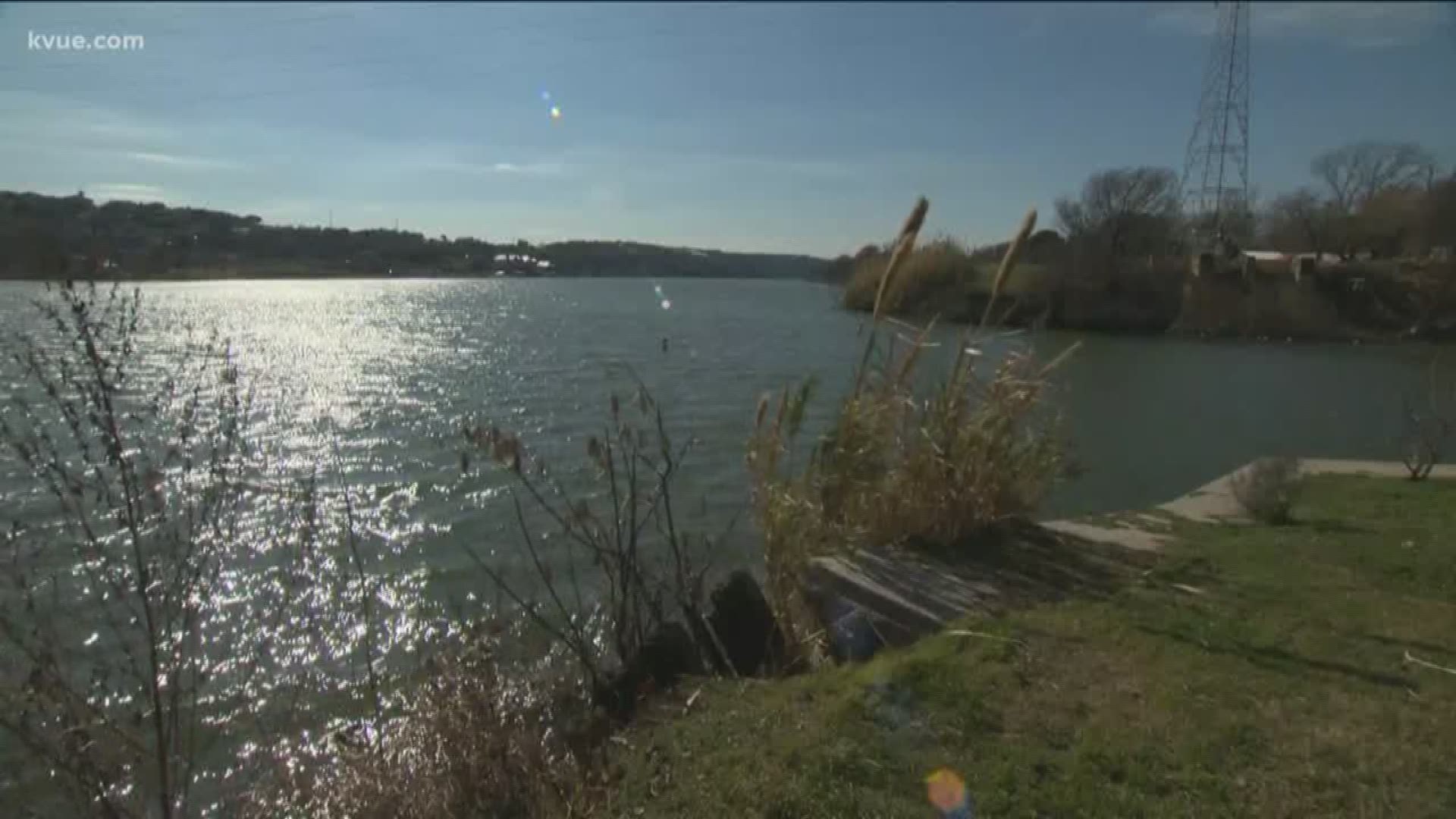MARBLE FALLS, Texas — It's been more than a year since the 2018 floods happened but people still remember the damage it left behind.
Marble Falls is one of the places that saw quite a bit of damage and a city council member fears that what's been left behind could mean the lake is less prepared for future flooding.
Just like the water in the lake, the concern of flooding ebbs and flows for some in Marble Falls.
"That's not the last flood we'll see," said Dee Haddock, a Marble Falls city council member.
After flooding hit Marble Falls hard, Haddock said the lake is in worse condition to handle future floods. Sediment filling up the bottom creating less capacity for water, according to Haddock.
RELATED:
"When you dam the river, it can't wash that sediment down. The dams hold that back so you see a decrease in capacity," Haddock said.
But he's hoping things can change and the City can get some help.
"I'm calling for the [Lower Colorado River Authority] to work together with us, to help this problem," he added. "I want LCRA to take the lead and reduce the sediment that's in the lake to cause the diminished capacity and the safety hazards that occur."
In a statement to KVUE, LCRA Executive Vice President for Public Affairs Bill Lauderback said:
“Lake Marble Falls was created by the construction of Starcke Dam for hydroelectric impoundment. The lake has no water supply component or flood control storage. Its fundamental purpose of providing hydroelectric power was not affected by sediments moved into or around the lake during recent floods. LCRA has no plans for large-scale removal of sediment in the Colorado River or the Highland Lakes, nor do we anticipate instituting any such program in the future. Moreover, there is no funding source in place for the millions of dollars required for local projects or a more expensive large, basin-wide removal of sediments. LCRA removes materials that directly affect our operations and places buoys in the lake to mark navigational hazards. However, as a general matter, the movement or collection of sediment during flood events does not interfere with the primary purposes for which the lakes were constructed.”
Haddock remains hopeful for things to change.
"I go back to LCRA has to take the lead, and the communities have to work with LCRA," Haddock said.
PEOPLE ARE ALSO READING:

